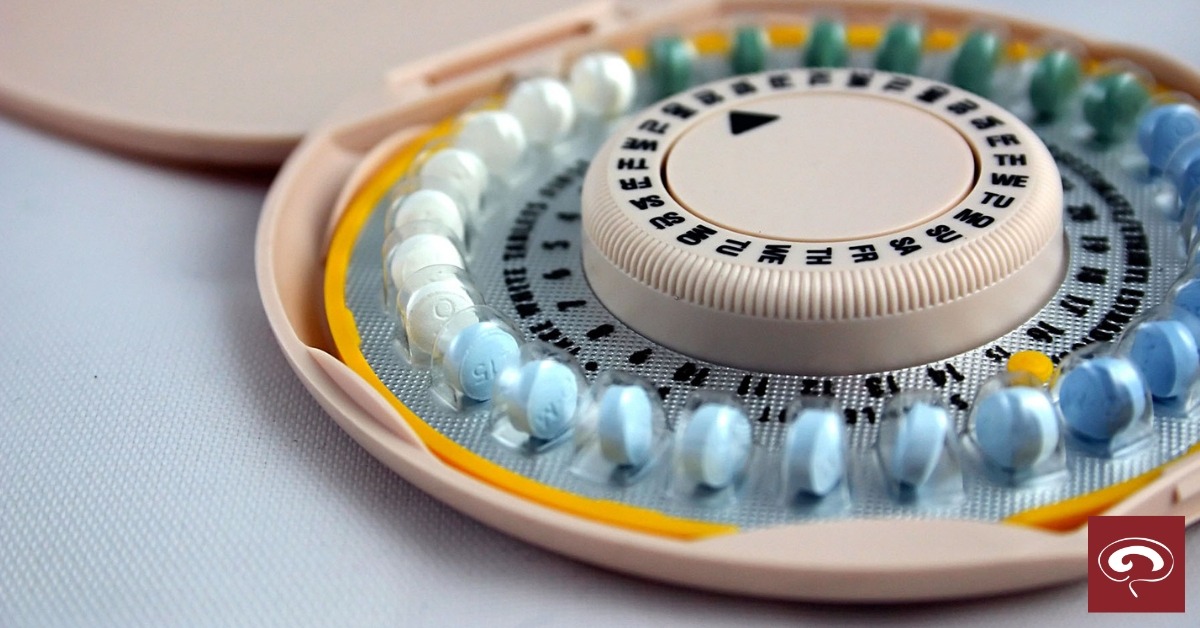
Hot Topics: Oral Contraceptives and Migraine
Who is most at risk for stroke?
There is a higher prevalence of migraine among women, compared with men, so it’s important to consider risks as they relate to women’s health issues—namely when prescribing oral contraceptives. This is most important when it comes to patients that have migraine with aura, which is about 30% of the migraine population.
“Although the baseline risk of stroke in patients with migraine with aura is very low, their risk is twice that of an average person,” says Dr. Katherine Hamilton, MD, of the University of Pennsylvania.
Adding in estrogen-based oral contraceptives can further increase that risk. Although studies vary, the increase in risk is between 3 and 17 times greater. There doesn’t appear to be an increased risk with a progesterone-based pill.
Case-by-Case Basis
It’s important to evaluate each patient individually when it comes to making a decision about oral contraceptives. Some women with hormonally related migraine with aura actually do better when on birth control.
“It’s certainly tricky in cases, there are many reasons a woman may want to be on birth control, such as endometriosis, ovarian cysts and acne,” says Hamilton.
It makes the most sense for clinicians to weigh the risks and benefits in these cases, and to discuss their lifestyle and other risk factors like smoking and high blood pressure.
“Even without migraine with aura, most physicians would advise against prescribing if those risk factors are present, because that significantly increases your risk of stroke,” Hamilton says. “That risk goes up further with estrogen-containing oral contraceptives.”
It’s also important to note that some patients who experience migraine with aura have symptoms that can mimic TIA or stroke, like focal neurological symptoms or numbness.
“So, for patients with migraine with aura, sometimes it’s about counseling them that, if they have any new deficit or symptom—new vision changes, numbness, weakness, speech changes—that they should consider seeking care as soon as possible, whether it’s in the emergency room or urgent care,” Hamilton urges.
It’s also key to pay attention to how long symptoms last. If a patient has symptoms that last more than an hour or for longer than a normal aura would for them, they should also seek care.
Study Limitations
It’s important to note that research on this topic does come with limitations. Much of this research was done in the 1960s and ‘70s, when estrogen levels in birth control were closer to 50 mcg; many pills now can have estrogen levels as low as 10 mcg.
Other options like intrauterine devices may contain little to no estrogen, making them another option for patients with migraine. A 2017 study published in the Cleveland Clinic Journal of Medicine looked at the Nuvaring in migraine with aura patients with 15 mcg of ethinyl estradiol, and found that this low dose of estrogen consistently decreased both the rate and frequency of the aura. This demonstrates a need for further research in this area.
Hamilton explains that we need “a more systematic comparison of stroke risk looking at lower estrogen doses compared to higher.” Hamilton says available studies are not sufficient.
Katherine Hamilton, MD, is a member of the American Headache Society, a professional society for doctors and other healthcare workers who specialize in studying and treating headache and migraine. The Society’s objectives are to promote the exchange of information and ideas concerning the causes and treatments of headache and related painful disorders, and to share and advance the work of its members. Learn more about the American Headache Society’s work and find out how you can become a member today.


